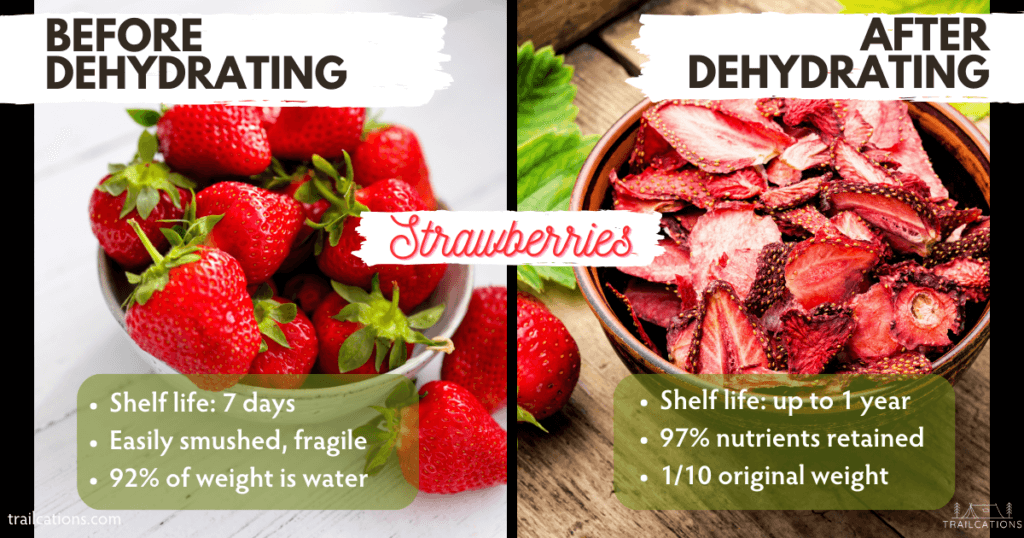In the Modern Kitchen: Why a Food Dehydrator Is a Must-Have
In today’s kitchen, the food dehydrator has become an indispensable assistant—not only for restaurants and catering services but also for anyone who values healthy eating and resource efficiency. Food dehydration is one of the oldest methods of preservation, but thanks to modern technology, the process is now fast, safe, and yields excellent results.
What Is a Food Dehydrator?
A food dehydrator is an appliance that removes moisture from food by circulating warm air. This preserves the food’s nutritional value, extends shelf life, and retains its flavor and aroma—without the need for preservatives.
Benefits of Using a Food Dehydrator:
✅ Longer Shelf Life
Dried fruits, vegetables, meat, and herbs can be stored for months without the risk of spoilage.
✅ Nutrient Retention
Low-temperature dehydration helps preserve enzymes, vitamins, and minerals—especially important for raw food enthusiasts and healthy diets.
✅ No Added Sugar or Preservatives
You’re in control of the ingredients—add only what you want.
✅ Cost Savings & Waste Reduction
Leftover produce? Turn it into tasty, nutritious snacks—no unnecessary waste.
How to Choose the Right Dehydrator?
When choosing a dehydrator, consider a few key factors:
-
Volume and Capacity
If you plan to dry large quantities at once (e.g., in a restaurant), opt for a model with more trays and higher volume. For home use, compact models are a great choice. -
Airflow Type

-
Horizontal airflow (common in professional models) ensures even drying with no need to rotate trays.
-
Vertical airflow is more affordable and works well for lighter, home-scale applications.
-
Temperature Control
Different foods require different temperatures. Look for a model with an adjustable thermostat (a range of 30°C to 70°C is ideal). -
Timer and Auto Shut-Off
Very useful for longer drying processes—adds safety and convenience. -
Materials and Maintenance
Stainless steel is preferred in professional kitchens. Removable trays and easy-to-clean construction are also important advantages.
Popular Applications in the Professional Kitchen
-
Making jerky (dried meat)
-
Fruit and vegetable chips
-
Herbal blends and teas
-
Raw crackers and desserts
-
Decorative garnishes for baked goods
| Food Type | Temperature (°C) | Time (hours) | Notes |
|---|---|---|---|
| Apples | 55 – 60 | 6 – 12 | Cut into thin slices |
| Bananas | 55 – 60 | 6 – 10 | Soak in lemon juice to prevent browning |
| Strawberries | 55 – 60 | 8 – 14 | Cut into halves or slices |
| Peaches | 55 – 60 | 8 – 16 | Peel for best results |
| Tomatoes | 55 – 60 | 6 – 12 | Can be dried whole (cherry) or sliced |
| Peppers | 55 – 60 | 6 – 12 | Deseed and slice |
| Carrots | 55 – 60 | 6 – 10 | Blanch for 3-5 min. before drying |
| Garlic | 50 – 55 | 6 – 10 | Cut into thin slices |
| Herbs | 35 – 45 | 2 – 5 | Preserves flavor at low temperature |
| Beef (jerky) | 60 – 70 | 6 – 12 | Cut into thin strips, marinate beforehand |
| Chicken (jerky) | 65 – 70 | 6 – 10 | Must be cooked |
| Mushrooms | 50 – 55 | 4 – 8 | Cut evenly, for even drying |
| Bread (for croutons) | 60 – 65 | 2 – 4 | Cut into cubes or thin slices |
| Green leaves (kale, spinach) | 45 – 50 | 4 – 6 | For chips or storage |
Table: Time and temperature for dehydrating food
⚠️ Important: Dehydration times may vary depending on the thickness of the pieces, the moisture content of the food, the humidity in the room and the dehydrator model. Start with the recommended values and check the condition of the food regularly.
A food dehydrator is an investment that pays off many times over – with healthier products, a longer shelf life and less food waste. Whether you are looking for an appliance for your restaurant or for your home kitchen, the right choice will save you time, money and open the door to new culinary possibilities.
If you need professional advice, take a look at our food dehydration products or contact us – we will be happy to help you make the best choice!



















































































